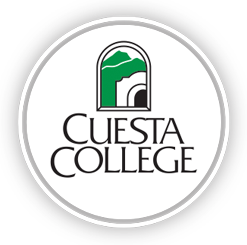Mode and Strategy for Reading Different Materials
| Mode | Material/Purpose | Strategy |
|---|---|---|
|
Analytical reading |
Complex essays, technical reports, legal contracts. |
Previewing; read to identify inference, make conclusions, and evaluate logic and the writer's craft. Reading and marginal notations, underlining. |
|
Study reading |
Textbooks, problem-solving material; information to be recalled for testing; literature. |
Previewing; reading and outlining; note making; mapping. |
|
General reading |
Any nontechnical material read for enjoyment or good understanding of content. |
Read actively with an inquiring mind, recognizing main idea and important details. |
|
Skimming |
Any printed material:
|
Read titles and subtitles. Then read introductory paragraphs, opening sentences of all other paragraphs, and concluding paragraphs or summary. |
|
Scanning |
Any printed materials when looking for specific information or pertinent facts like names, dates, quantities, places. Also used for information from reference guides:
|
Examine organization of information alphabetical, chronological, I conceptual. Look for key ideas or words that guide rapid location of information. When looking up dates or quantity, looking for names or particular places, think of capital letters. |
